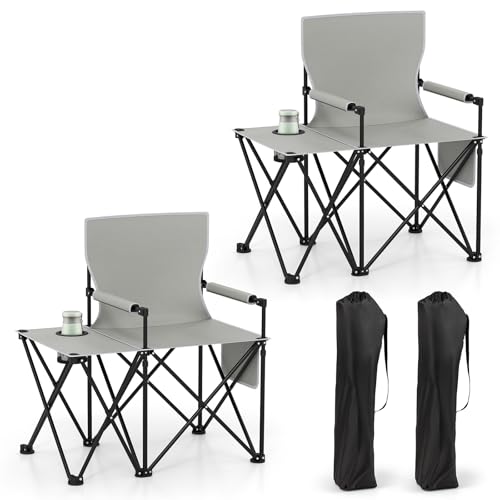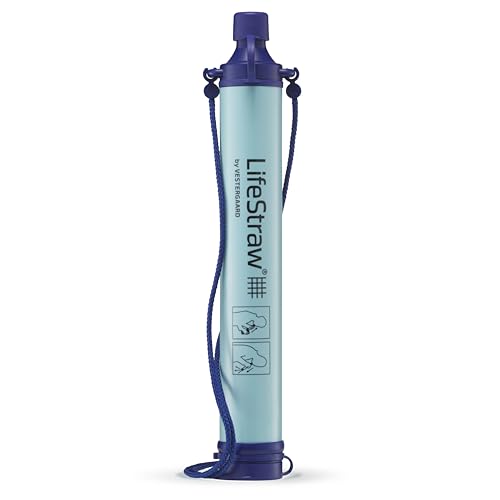There’s something magical about a crackling fire, whether you’re camping under the stars or cozying up in your backyard. But starting that fire can sometimes feel like a challenge. That’s where a DIY fire starter comes in handy! With just a few simple materials you probably have lying around, you can easily create your own fire starters that’ll ignite quickly and burn steadily.
Understanding Fire Starters
Starting a fire in the great outdoors can be tricky, but fire starters make it easier. They help create an immediate flame, ensuring warmth and cooking capabilities when needed.
What Is a Fire Starter?
A fire starter is any material that ignites easily and burns long enough to catch firewood or kindling. Common options include commercial products or homemade versions made from readily available materials. For instance, cotton balls soaked in petroleum jelly or shredded paper mixed with wax serve as effective DIY fire starters. These choices burn steadily and can get a fire going even in damp conditions.
Importance of Fire Starters in Outdoor Activities
Fire starters play a vital role in outdoor activities. First, they help maintain warmth during chilly nights when temperatures drop significantly. Second, they provide a reliable source of light and help ward off wildlife. Third, they become essential for cooking food and boiling water, especially in situations where safety is paramount, such as when drinking from natural water sources. Carrying effective fire starters elevates camping experiences, ensuring adventures remain enjoyable and safe.
Materials Needed for DIY Fire Starters
Crafting your own fire starters at home means gathering a few simple materials. I love using items that I often find around the house or out in nature. Creating fire starters not only enhances my camping experience but also ensures I’m prepared for any situation.
Common Household Items
- Cotton Balls: These are great for ignition. They catch fire easily and burn for several minutes.
- Petroleum Jelly: Combining cotton balls with petroleum jelly boosts the burn time and effectiveness.
- Egg Cartons: The cardboard serves as a handy mold, and it’s excellent for holding other materials.
- Shredded Paper: Use old newspapers or office paper. It’s efficient and readily available.
- Baking Soda: Not just for cooking, but it can help make a DIY fire starter more efficient when combined with other items.
Alternative Materials for Enhanced Effectiveness
- Wax: Melted wax from candles or paraffin can seal and compress your materials, making them burn longer.
- Lint: The fluff from your dryer’s lint trap works wonders—it’s highly flammable.
- Dried Leaves or Pine Needles: These natural materials ignite quickly and add a nice aroma to the fire.
- Wood Shavings: Useful when packed within egg cartons, they catch fire rapidly and help create a robust flame.
- Animal Fat: If you’re out hunting, using rendered animal fat can offer an excellent fuel source for a fire starter.
Equipping myself with these materials, I’m ready to tackle any outdoor adventure and enjoy those cozy campfire moments.
Step-by-Step Guide to Making a DIY Fire Starter
Creating an effective DIY fire starter isn’t just fun; it’s a game-changer for any camping trip. Here are three simple methods I frequently use in the wild.
Method 1: Egg Carton and Charcoal
- Grab a cardboard egg carton. Its unique shape helps hold materials together.
- Fill each compartment with charcoal briquettes. I find using the quick-light variety speeds things up.
- Soak the charcoal with lighter fluid or a flammable oil for maximum effectiveness.
- Allow the egg carton to dry completely. Once dried, it’s ready for use.
- When you need to start a fire, just light one of the compartments. The charcoal ignites easily and burns for a sufficient duration, catching kindling effortlessly.
Method 2: Dryer Lint and Wax
- Collect lint from your dryer. It’s an excellent fire starter due to its fluff and oils.
- Melt paraffin wax in a container. I recommend a double boiler to make this safe and easy.
- Mix the dryer lint into the melted wax until fully saturated.
- Spoon the mixture into muffin tins or molds. Let it harden completely.
- To use, break off a piece and place it under your kindling. The wax helps the lint burn longer, lighting fires even in tricky conditions.
Method 3: Cotton Balls and Petroleum Jelly
- Gather a handful of cotton balls. Their fluffy structure makes them perfect for holding fuel.
- Dip each cotton ball into petroleum jelly, ensuring they’re thoroughly saturated. This adds longevity to your fire starter.
- Store the coated cotton balls in a resealable plastic bag or small waterproof container.
- For use, take one cotton ball, fluff it up, and ignite it with a match or lighter. The petroleum-infused cotton catches fire quickly and burns steadily, igniting larger pieces of wood.
Each of these methods has its unique advantages, making it easy to have a reliable fire starter ready for any camping adventure.
Tips for Using Your DIY Fire Starters
Using DIY fire starters effectively can elevate your camping experience. Here are some helpful tips.
Best Practices for Fire Safety
Prioritize safety when using fire starters. Keep your fire starters dry and store them in a waterproof container. Light fires in designated areas away from flammable materials. Use a lighter or long matches for a safer ignition. Always maintain a bucket of water or dirt nearby to extinguish the fire if needed. After finishing your fire, ensure it’s completely out before leaving the site to prevent wildfires and protect the environment.
Storage Recommendations for Fire Starters
Store your fire starters in a cool, dry place to preserve their effectiveness. I use an airtight container or zip-top bags to keep moisture at bay. Label containers, so it’s easy to find what I need during packing. Keep fire starters away from direct sunlight or heat sources, as heat can affect their materials. Organizing fire starters by type can save time and make your outdoor adventures more enjoyable.
Conclusion
Making your own DIY fire starter is not just fun but also a practical skill for any outdoor enthusiast. With just a few everyday items you probably already have at home you can create something that ignites quickly and burns steadily.
I love how these fire starters can transform a chilly evening into a cozy gathering around the fire. Plus knowing that I’m prepared for any camping adventure gives me peace of mind.
So go ahead and give it a try. You might just find that starting a fire is easier than you thought and a whole lot more enjoyable. Happy crafting and stay safe out there!











